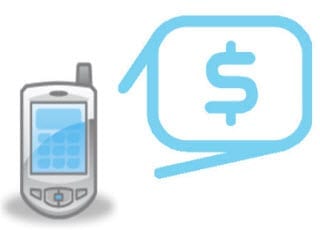 Mobile devices are proving to be a prime target for fraudsters.
Mobile devices are proving to be a prime target for fraudsters.
From full sized crime organizations to small individual scammers, the one thing that they seem to have in common is that they’ve recognized smartphones as a hot insurance scam.
As mobile devices, from iPhones to tablets have progressed from chunky, heavy basic equipment to highly sophisticated and portable gadgets, unethical individuals and groups are finding them increasingly appealing for filing fraudulent claims.
Insurers estimate that up to 40 percent of smartphone claims are fake.
This estimate is significantly greater than those for others forms of consumer insurance. According to the Supercover Insurance managing director, Carmi Korine, “It’s a very hard one.” She went on to say that “We see it as an enormous, and growing, problem.” Her company specializes in policies to protect specific possessions such as handbags, cell phones, and bicycles.
Though it is difficult to come up with figures that are accurate industry-wide, some experts say that it is not an overestimation to say that a minimum of one in every ten claims made about mobile phones is false.
Fortunately for insurers, some types of scams are simple enough to identify.
Certain forms of mobile phone insurance fraud are easier to spot than others, especially when it comes to claims regarding damaged devices. For example, by looking more closely at the internal components of a handset, it can easily be determined if a phone which was said to have been dropped into a toilet (one of the most common forms of claim) had actually experienced damage before the alleged time of the incident.
Korine explained that many claims will state that the device had been driven over, for example, but upon further inspection, hammer marks are clearly visible.
In instances of theft, police crime reports are required, so managers say that this type of claim has a comparatively much lower risk of fraud. It is the lost device claims that present the largest challenge for being able to spot the genuine cases from among the fraudulent ones. It is highly challenging to disprove that a device was accidentally left on a transit bus, for example.

